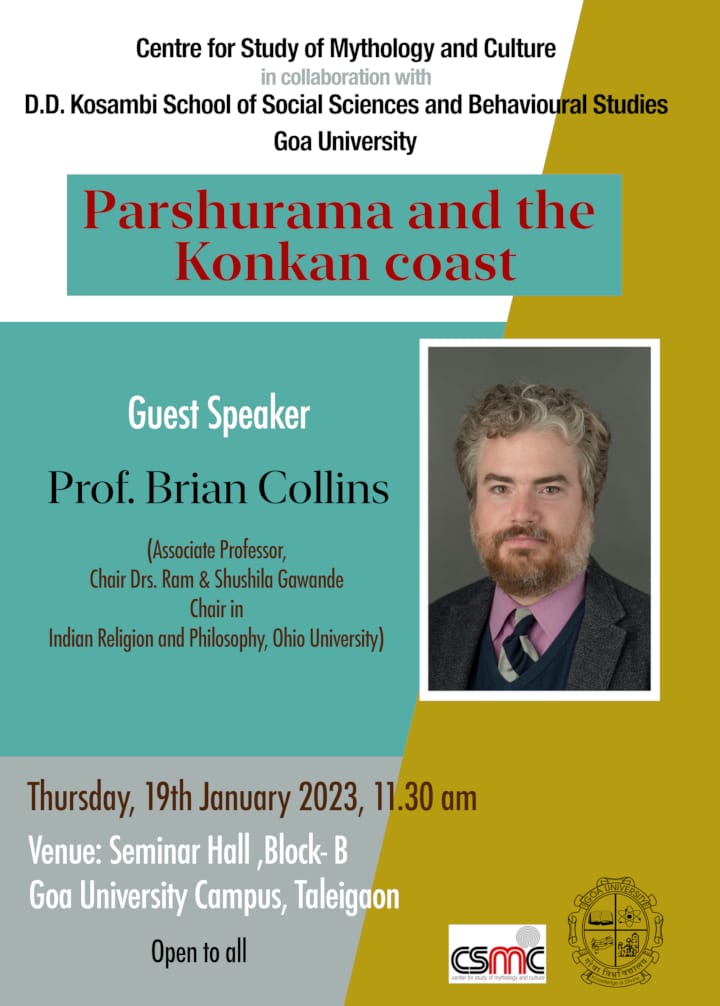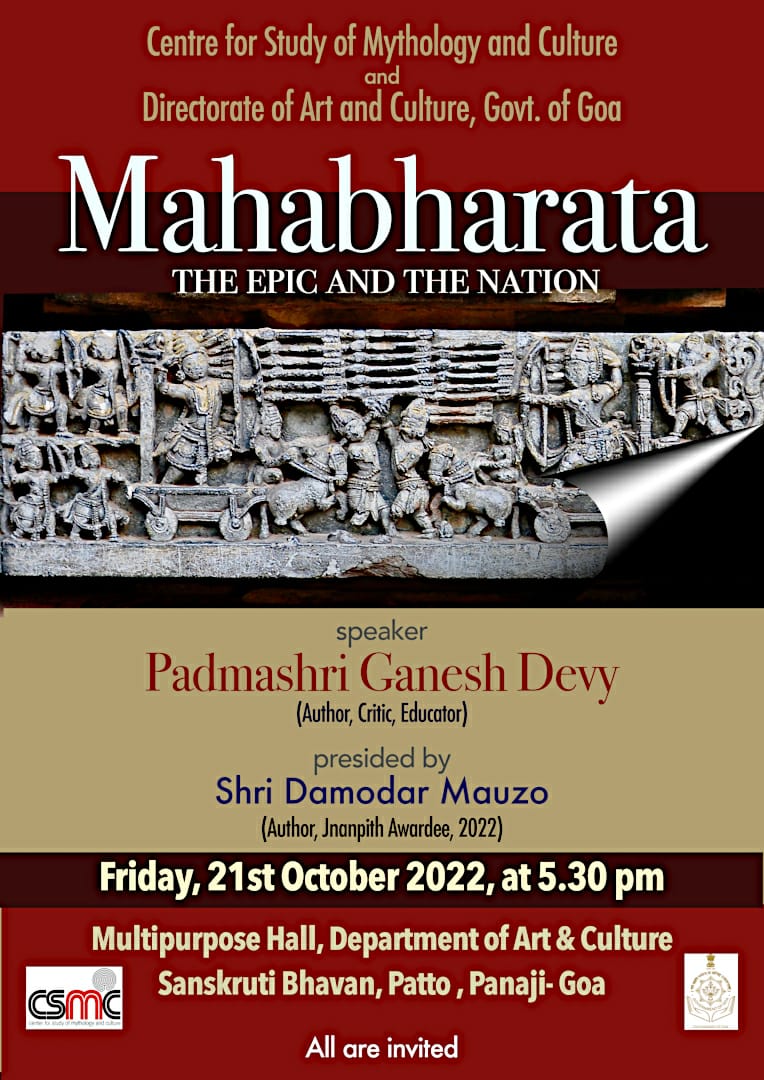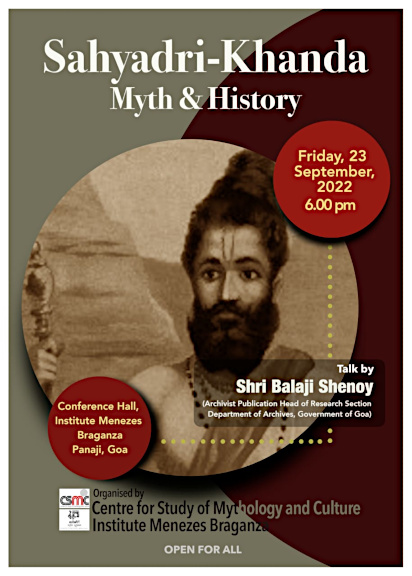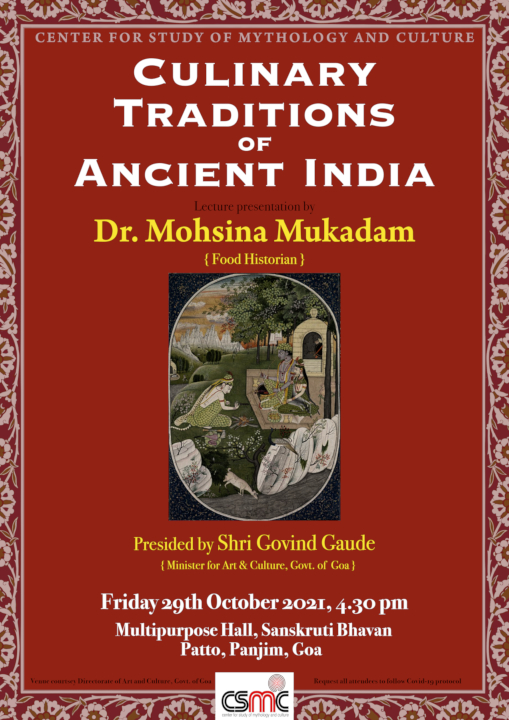History and controversy are no strangers to each other. And so it has been with the case of Aryans and the Indian subcontinent. Were they invaders? Were they the original inhabitants? There are hundreds of questions with thousands of answers. Still the debate continues about whether there was an Aryan invasion or was it a slow assimilation of two or maybe more cultures. In the absence of any conclusive evidence– archaeological, historical or textual–the Aryan Invasion theory largely remains within the realms of conjecture. The belief that there may have been a set of invaders has its roots in linguistic speculation and it gained popularity during the colonial rule of India in the nineteenth century. Max Muller was the leading proponent of the Invasion theory and it was re-iterated by the British archaeologist Mortimer Wheeler. But gradually, the interweaving of archaeological and linguistic data by scholars led people to question such an invasion. Also Max Muller proposed his Invasion theory in his early works but, contradicted the same in his later works and thus the theory gradually started losing steam. Over time theories of multiple small migrations that were less hostile and more assimilative started to evolve. Whilst linguists and historians engage various methods to back up their theories, each trying to impress the relative superiority of their methods, myths compel us to reach beyond our usual experiences and lead us into a world of interesting connections. As one peels away the initial layers, myths reveal hidden faces that lie underneath the seemingly childish and improbable stories that have been handed down to us.
At one level the stories reflect a changing social order and attempt to emphasise a moral code of conduct or at least indicate what should or should not be done. A careful read of some myths can lead to clear evidence of changing social and cultural order. They tell the tales of emergence of a dominant clan or class, of constant mutation of identities of indigenous and alien tribes. The stories indicate historical change, show signs of covert propaganda that must have been undertaken to establish the superiority of certain culture or clan. History is after all written by the victor. Therefore, whether or not there were physical Aryan invasions, leading to furious battles and blood shed, there was undeniably a cultural invasion with far reaching effects. The horse riding, migrating Aryan clans brought with them a new culture which in some cases took the dominant role and in others it fused with the indigenous culture, underwent mutation and took a new form. Also given that, three thousand years ago cartographic boundaries were not in existence and national territories and boundaries were fluid immense intermixtures happened through small scale migrations. Also society exhibited considerable social heterogeneity and hence the concept of alien and indigenous tribes needs re-examination.
In this constantly changing and evolving social and cultural landscape, the myth of Banasur and Jamdagni Rishi from Malana, in Himachal, the heartland of Aryan playing field tells us a tale of changing social order.
The story goes like this: Banasur was a mighty Raksasha who ruled very sternly over the area known as Malana in Kulu. To his kingdom came Maharishi Jamadagni with his wife Renuka. Jamadagni liked the sylvan surroundings and wanted to set up his hermitage in Malana. Now Banasur the wicked Raksasha had been oppressing his people a lot and did not welcome the rishi, rather he made up his mind to destroy him. Banasur was unaware that Jamadagni was a very learned man and had done years of tapasya. So he caught hold of the rishi and stuffed him in a huge cauldron full of oil, lit a fire under it and closed the lid. Several days later Banasur took the lid off and found the sage still alive and deep in meditation. Infuriated, he put the cauldron back on the fire and added more oil. Again several days later he opened the lid and found him alive and in deep meditation. Banasur was frightened and fell at his feet, penitent. The rishi agreed to forgive him on one condition: the Rakshasha should leave the area. Banasur agreed but begged that the peculiar dialect of the area, known as ‘Kanash’, not be uprooted. Jamadagni had no objection. He did not mind that Banasur would be remembered by his people through the language they spoke for, he felt, that every time they spoke, they would be reminded of the ultimate fate of wickedness.
Banasur left his kingdom but so great had been his oppression that the people were still afraid. They worried that he may return someday and wreak vengeance. So they made an effigy of Banasur and put it into a cage, which was locked up in a cellar (called ‘Raksa Ra Mord’). The idea was to destroy the effigy if Banasur returned as that would put an end to his life. The ‘Raksa Ra Mord’ is never opened and never will be until Banasur visits. Even today once a year a goat is sacrificed outside the cellar. Jamadagni Rishi, locally known as Jamlu Rishi is the reigning village god of Malana. The Kanash dialect although confined to the village Malana, still Iingers. It has no script and today only a handful understand the dialect but cannot speak it.
The story has many colourful threads, from Banasur as a fierce Raksasha king to Jamdagni Rishi, a flag bearer of Aryan culture and beliefs, and his emergence as the more powerful of the two; to preservation of the Kanash dialect of the region. Interestingly Rakshasas were once an indigenous tribe residing in these serene mountainous regions. Therefore the assumption that Banasur was a ruler of such a tribe doesn’t seem improbable. Painting Banasur as wicked, fierce and an oppressor, not only adds more colour to the story but also sets the stage for emergence of a deliverer, a redeemer who can rescue the oppressed people, bring justice and peace to the land. Who could better fit the role than Jamadagni Rishi, one of the revered saptarshis (seven rishis) and patriarch of Vedic religion and culture? Jamadagni’s victory over Banasur is both on the spiritual and physical plane. Subliminally, the story, justifies the change in social order, the outright cultural invasion by implying inferiority of the older order and that people wanted and welcomed the change and benefitted from it. Up until this point the story points towards apparent Aryanisation of indigenous culture but, it takes an unexpected turn when Jamadagni allows the original Kanash dialect to be preserved and spoken in the region. For, common knowledge tells us that cultural invasions lead to control over the conquered tribes through language. The story however implies that while different Aryan tribes sought to emerge as a culturally dominant race of the region they were not averse to assimilating with the indigenous cultures. It was a two way process—a bit of the incoming culture, a bit of the old and voila we had something new with different aftertastes. As two cultures clashed and battled it out to establish their relative superiority, the ways and beliefs of both cultures melded and diffused into each other. Perhaps it is this quality of the invader tribes that helped keep the region together and it still keeps us rooted to our sacred past and helps us maintain that most important unbroken link to our origins.
Sources
- The Aryan Recasting Constructs, Romila Thapar
- The Aryan Invasion theory final nail to its coffin, Stephen Knapp
- Gods of Himachal, B.R.Sharma












Leave a Comment